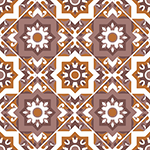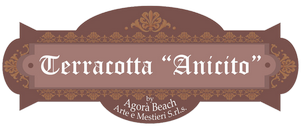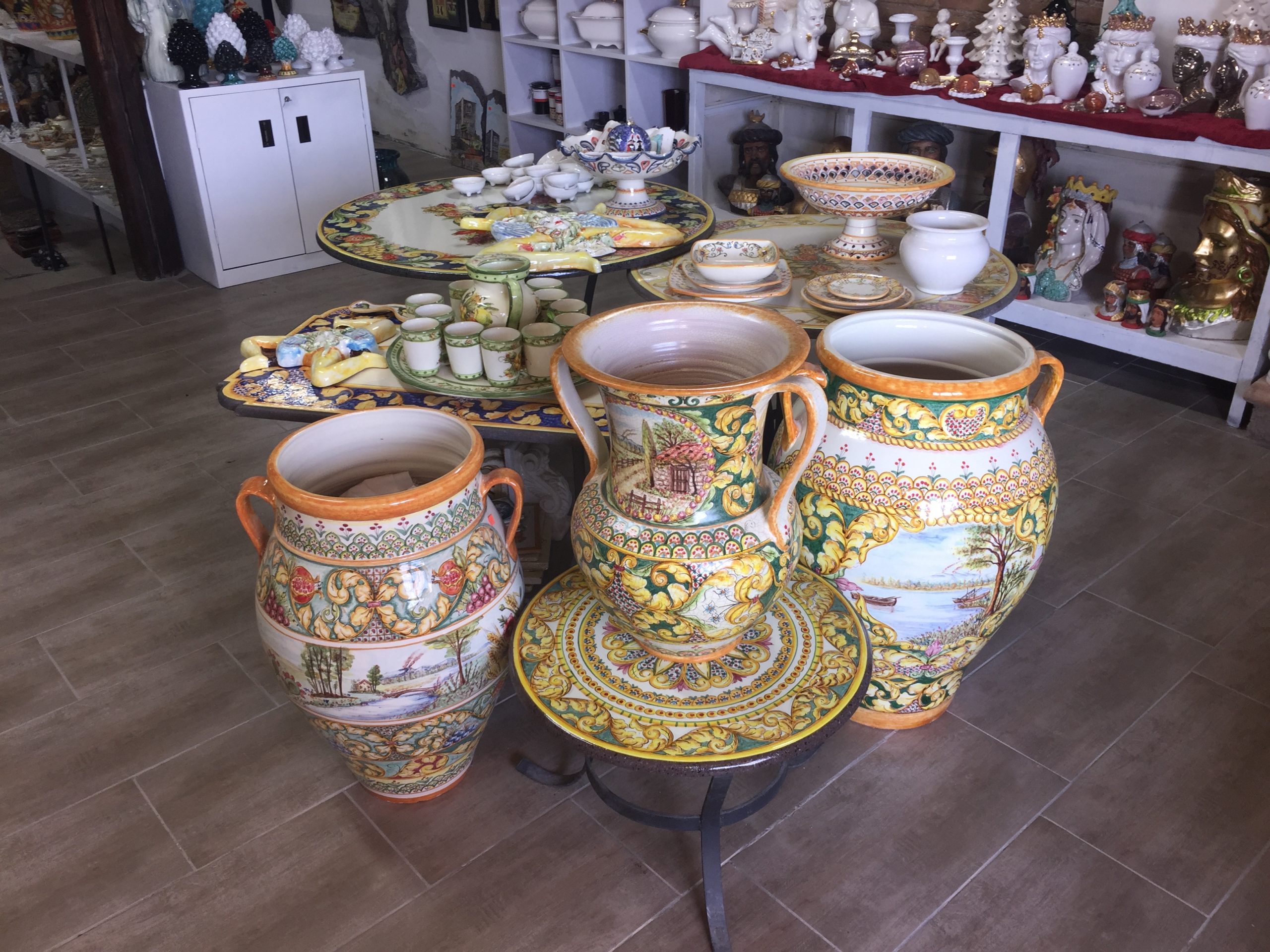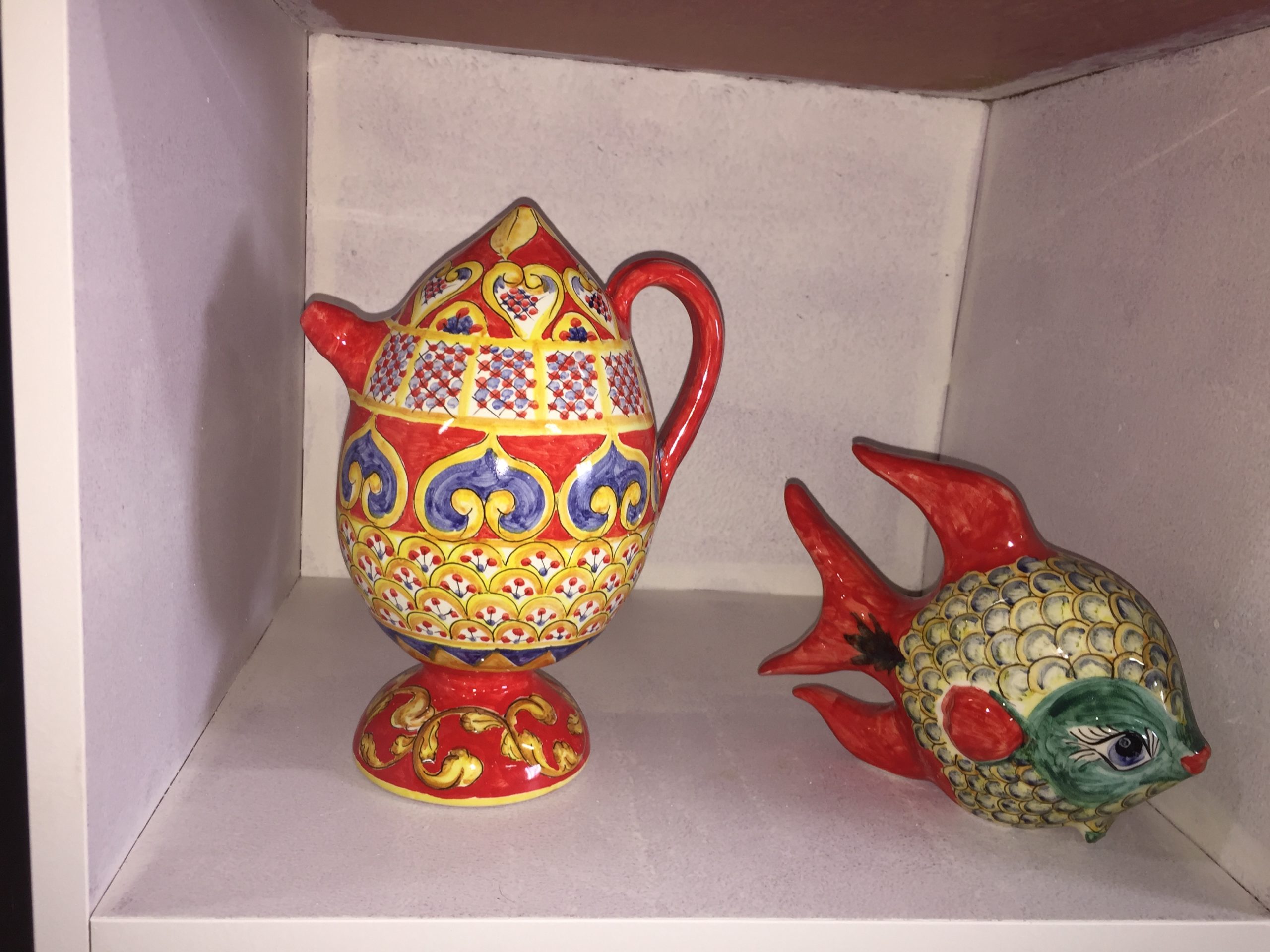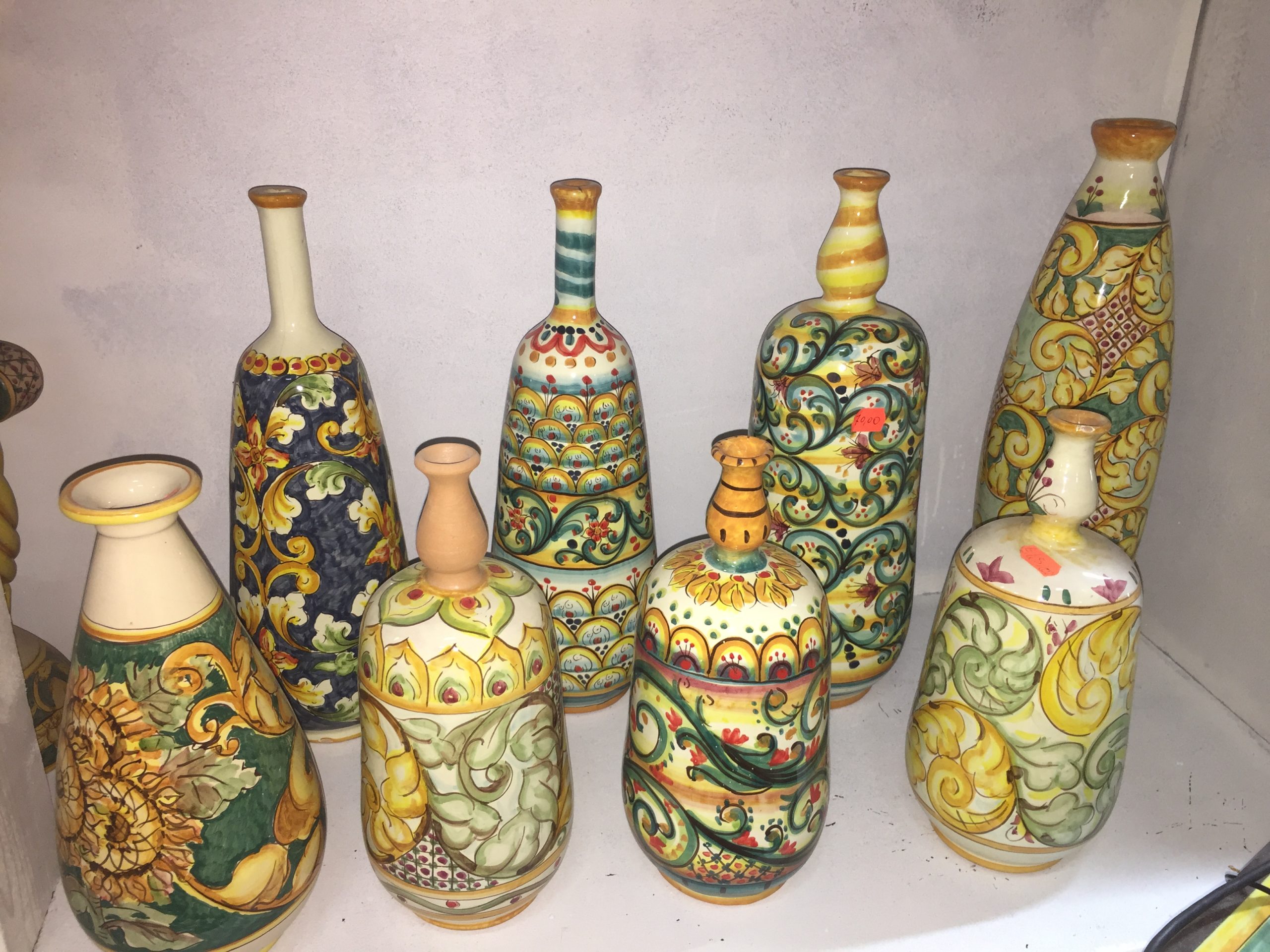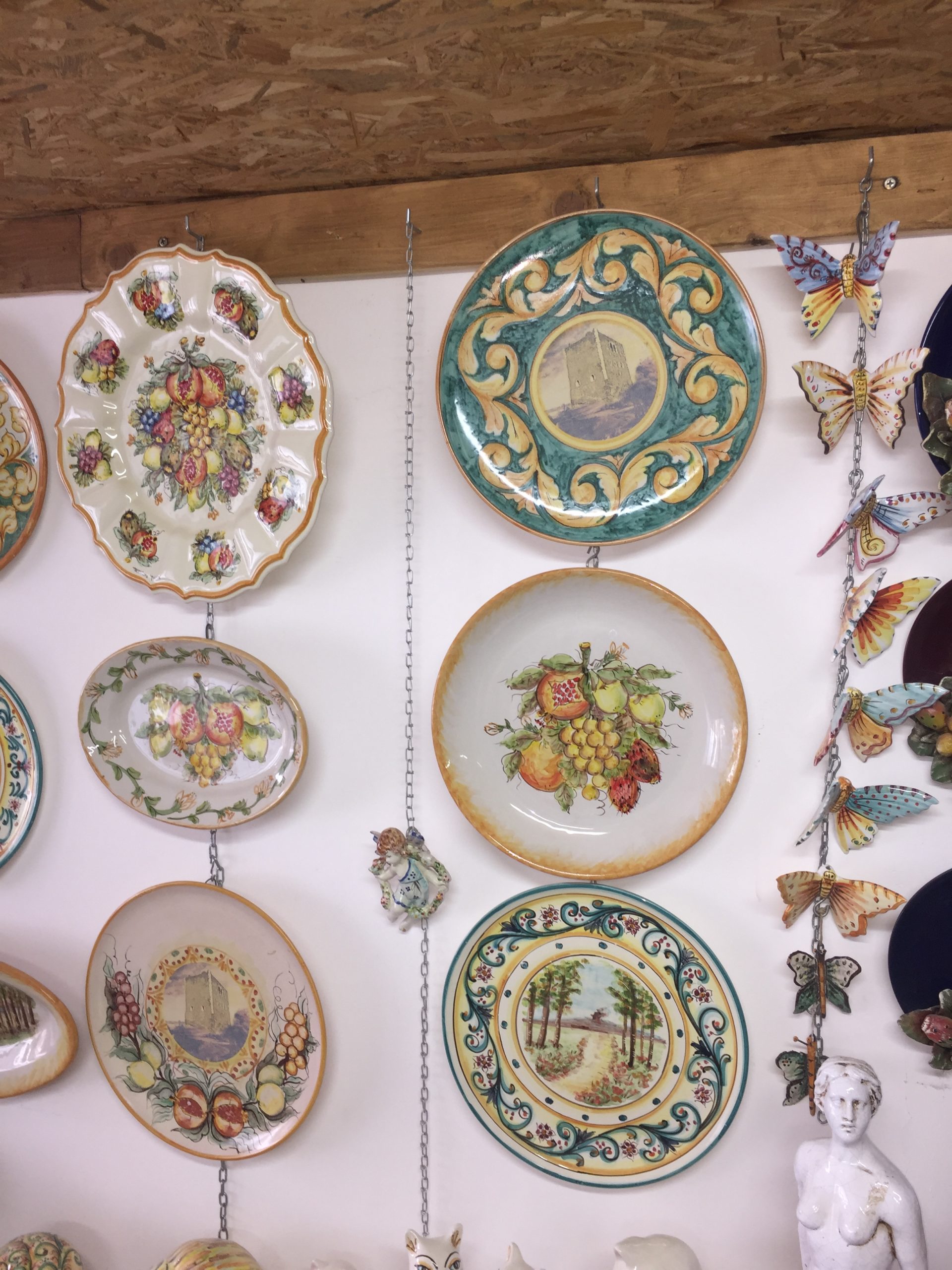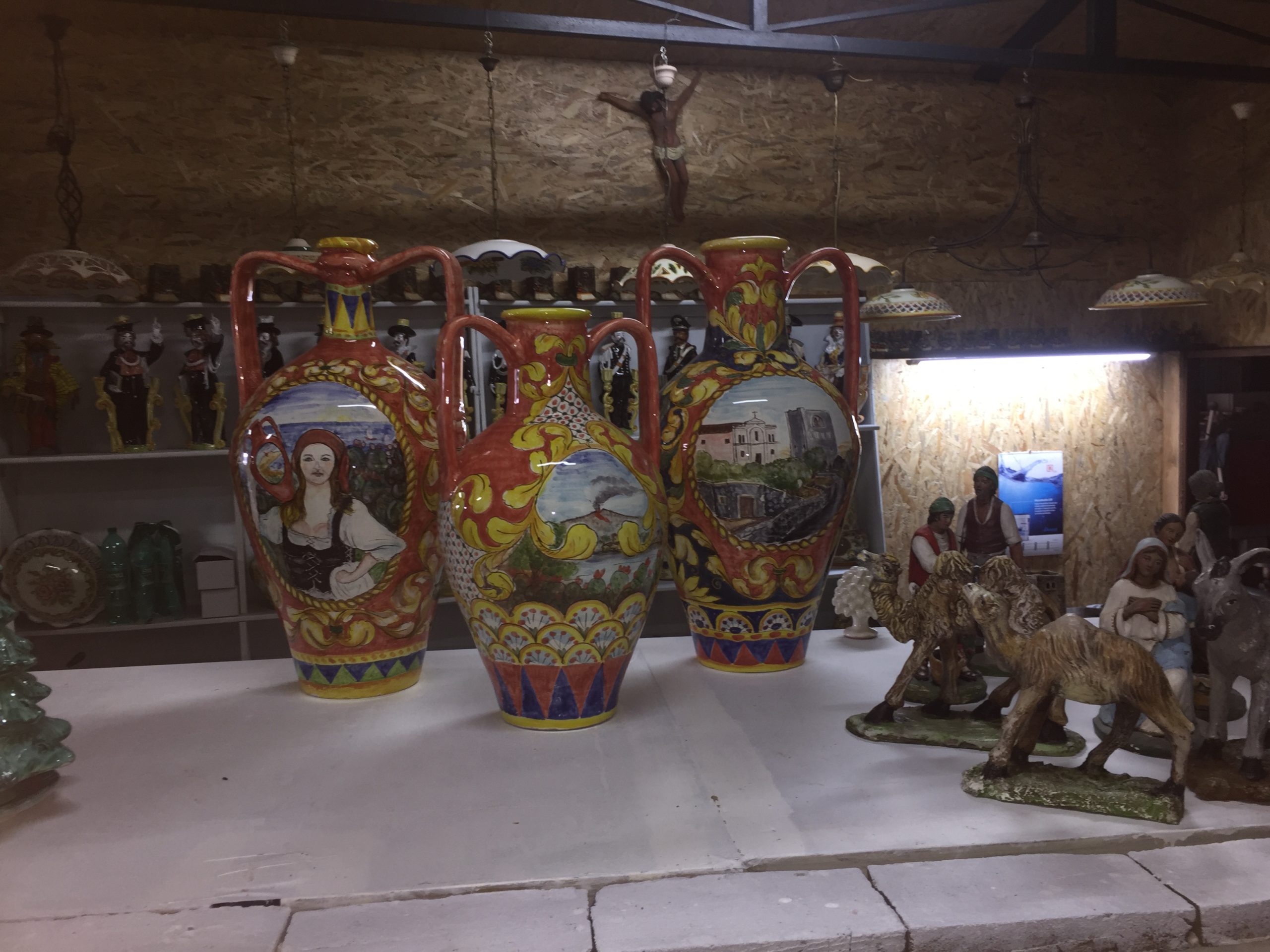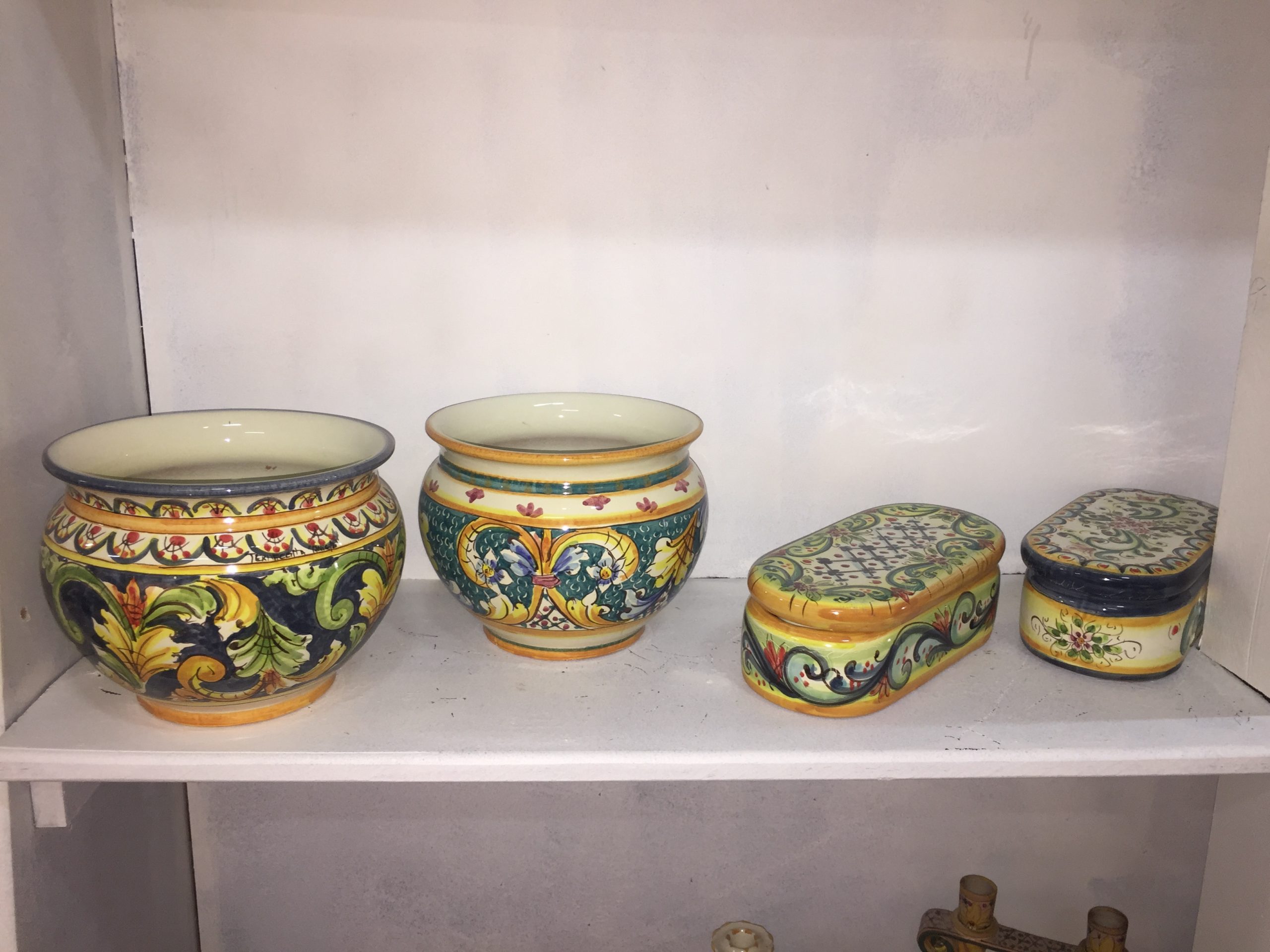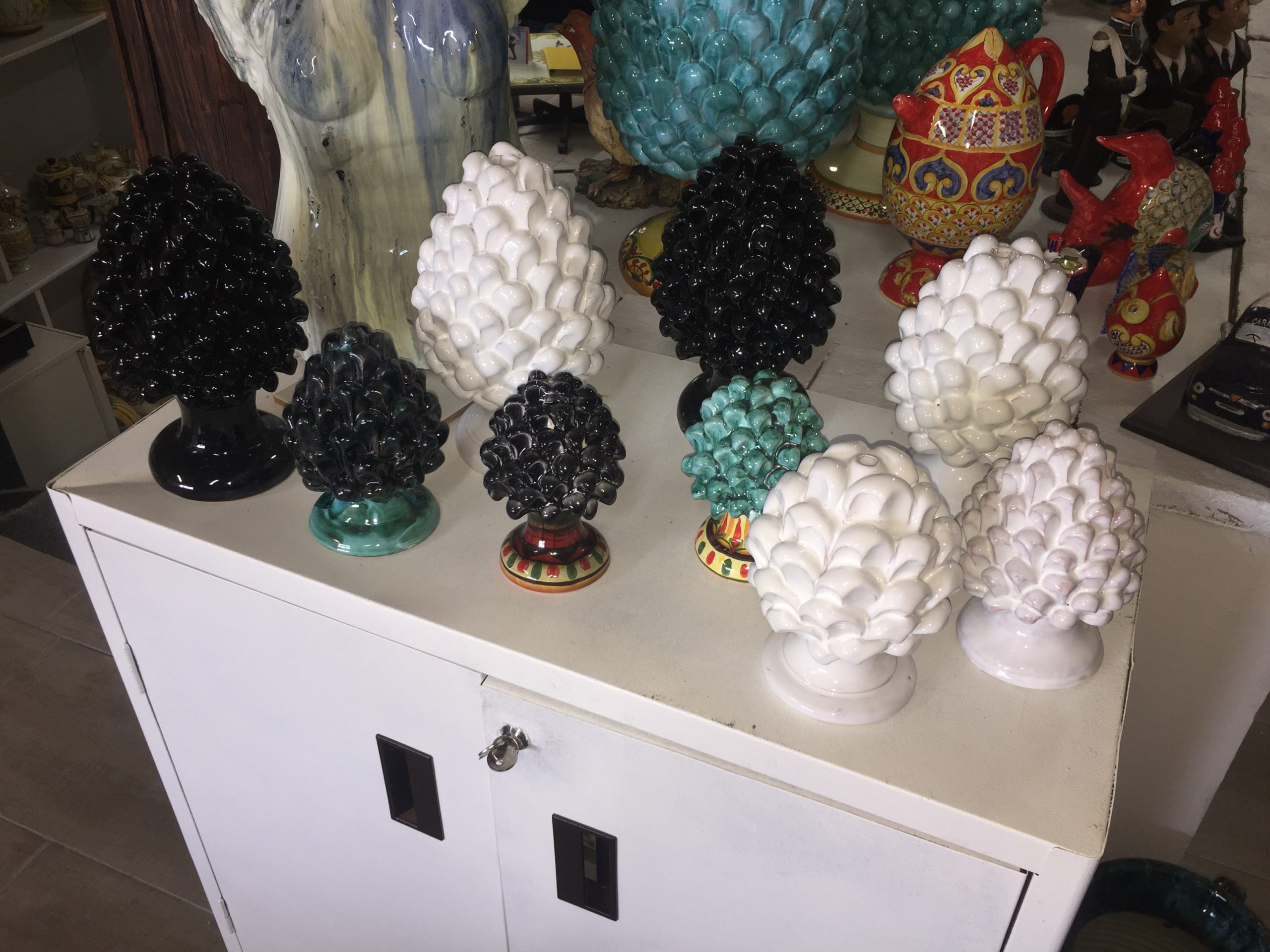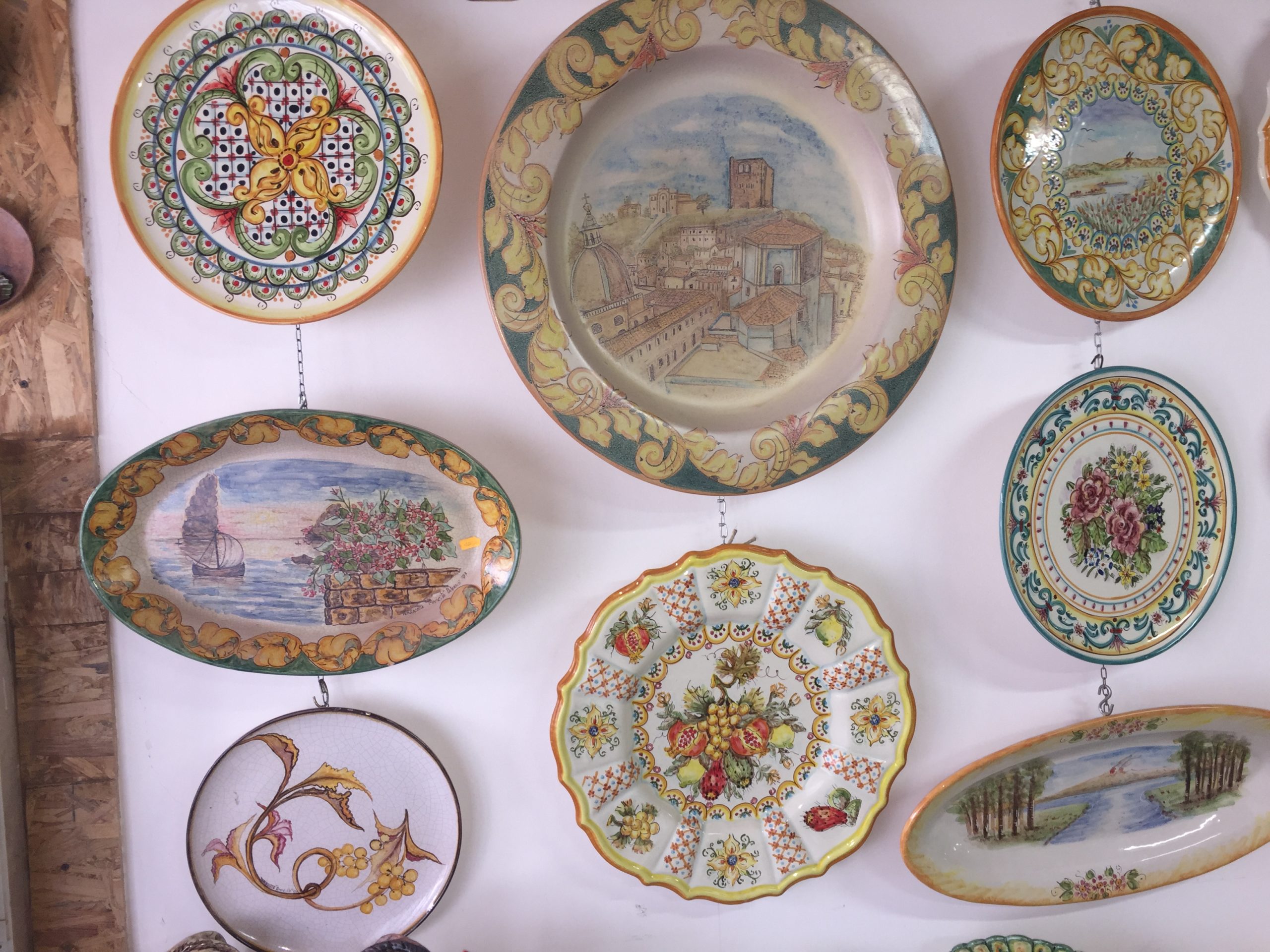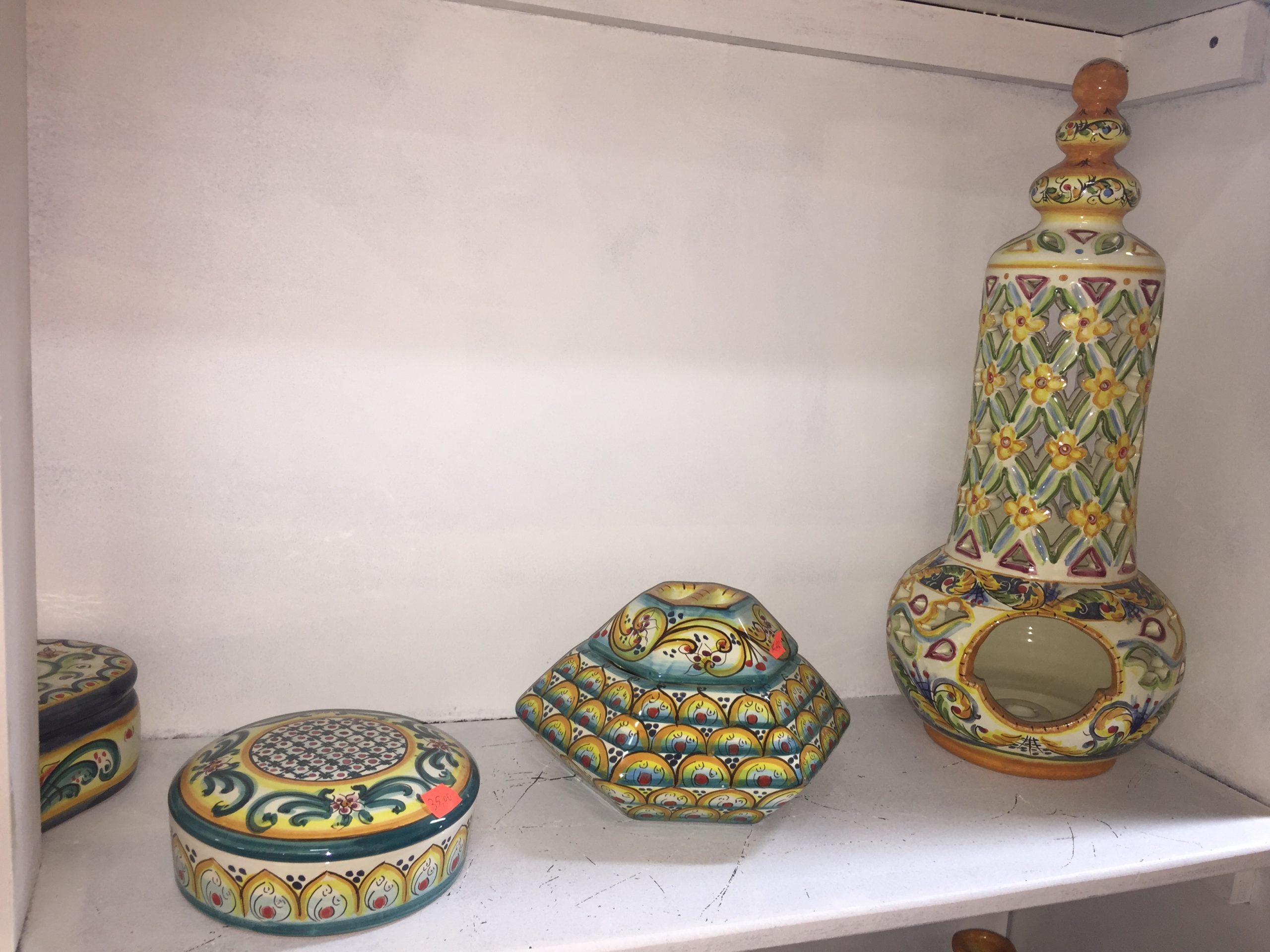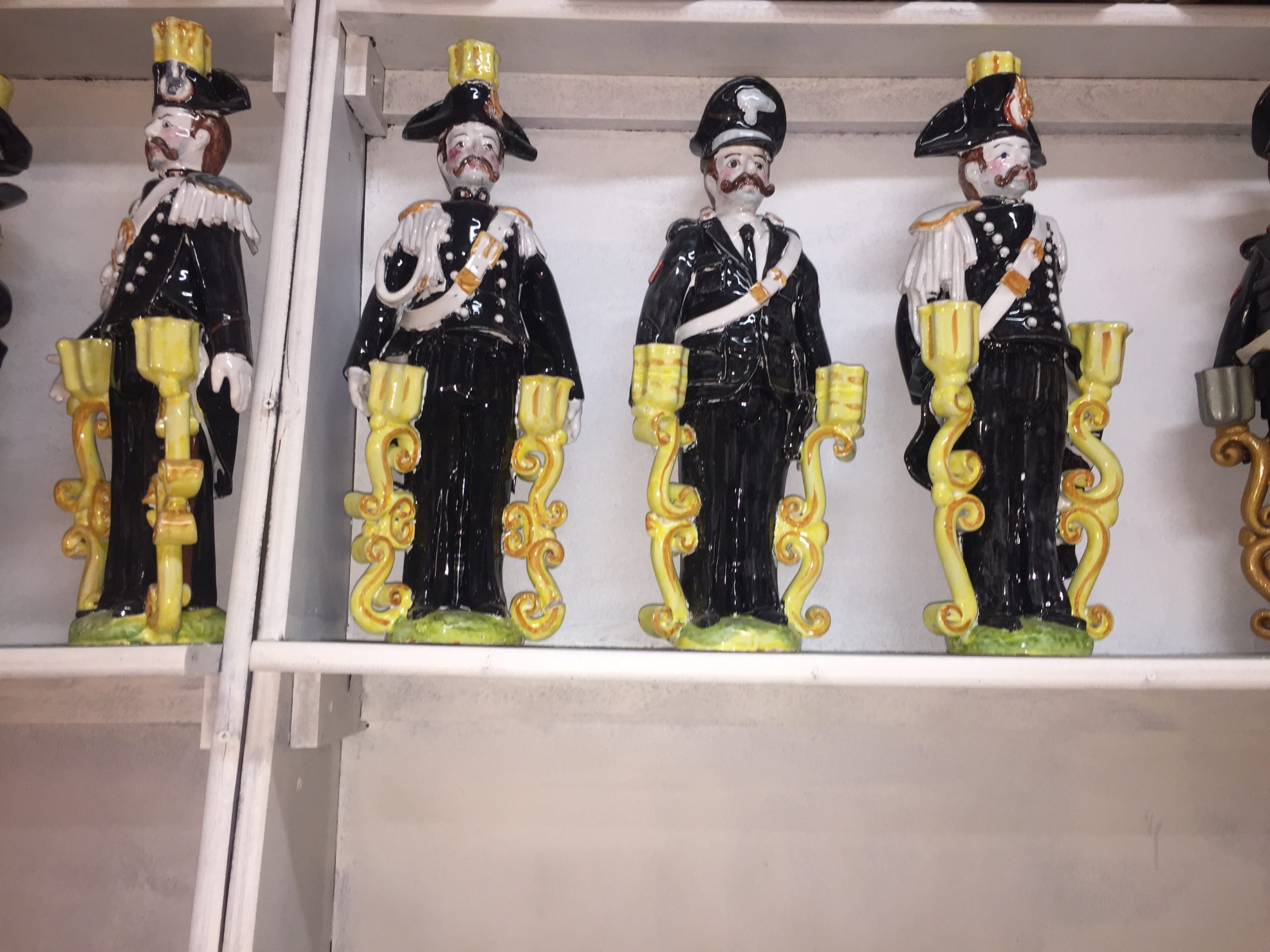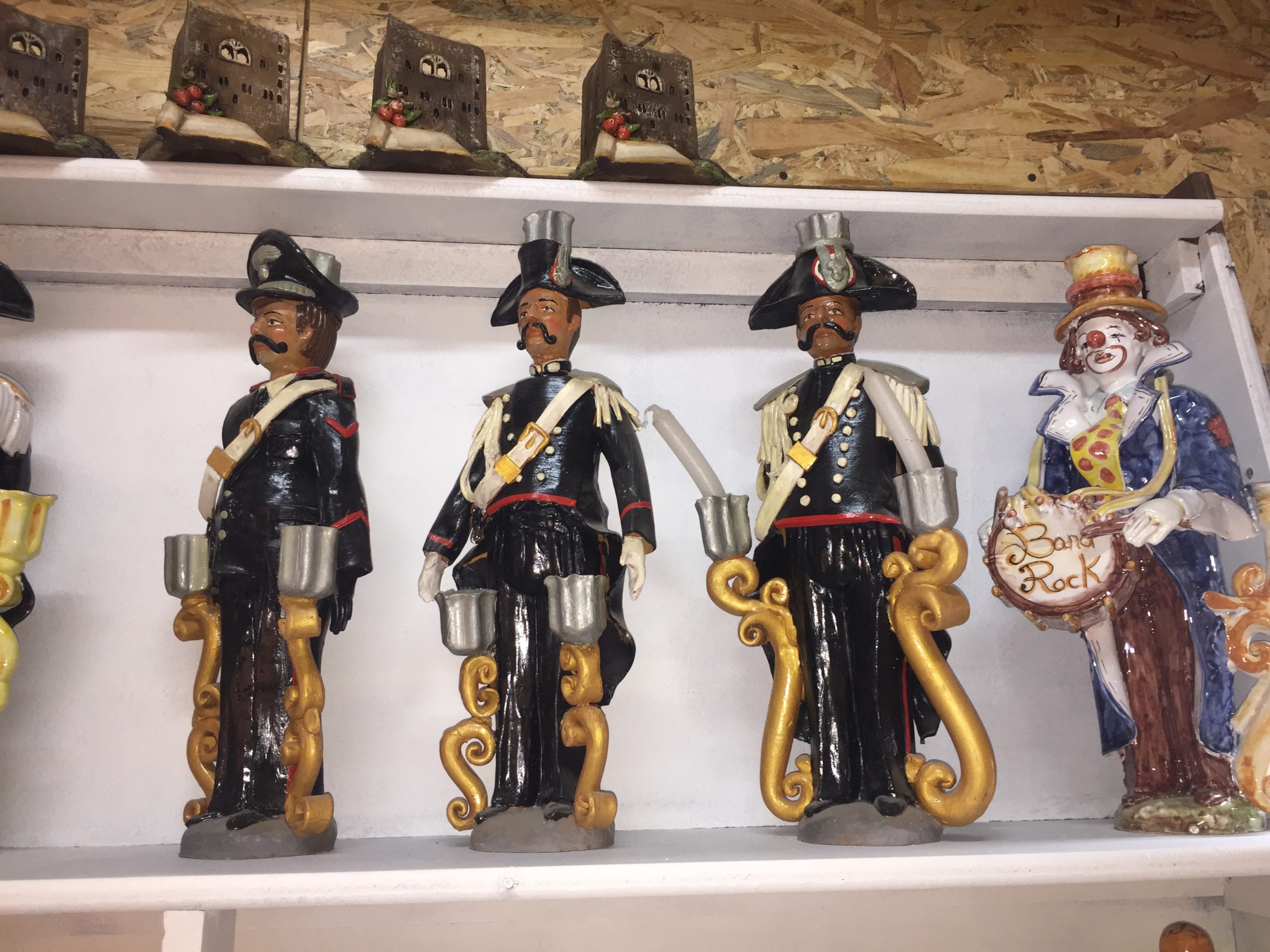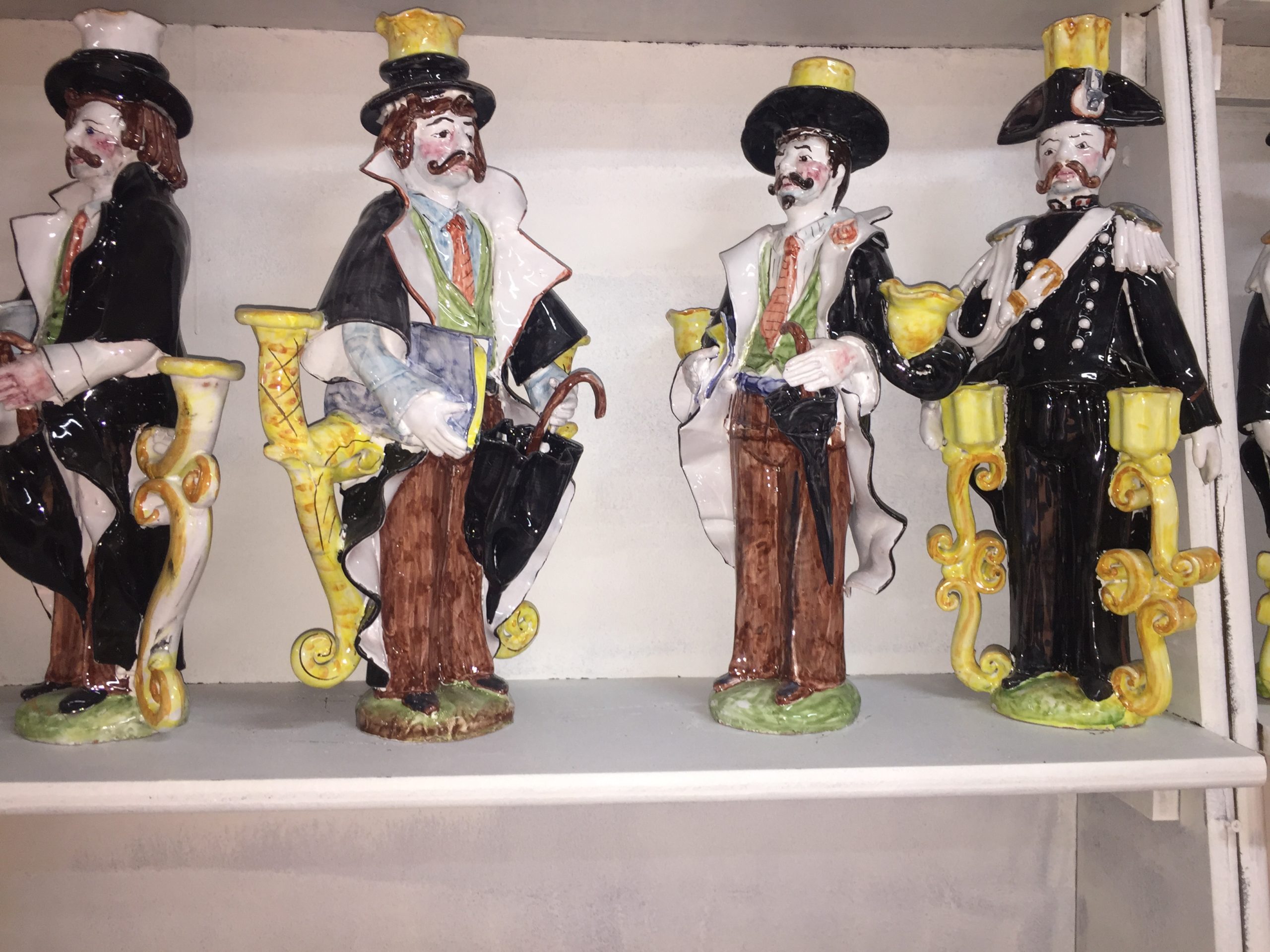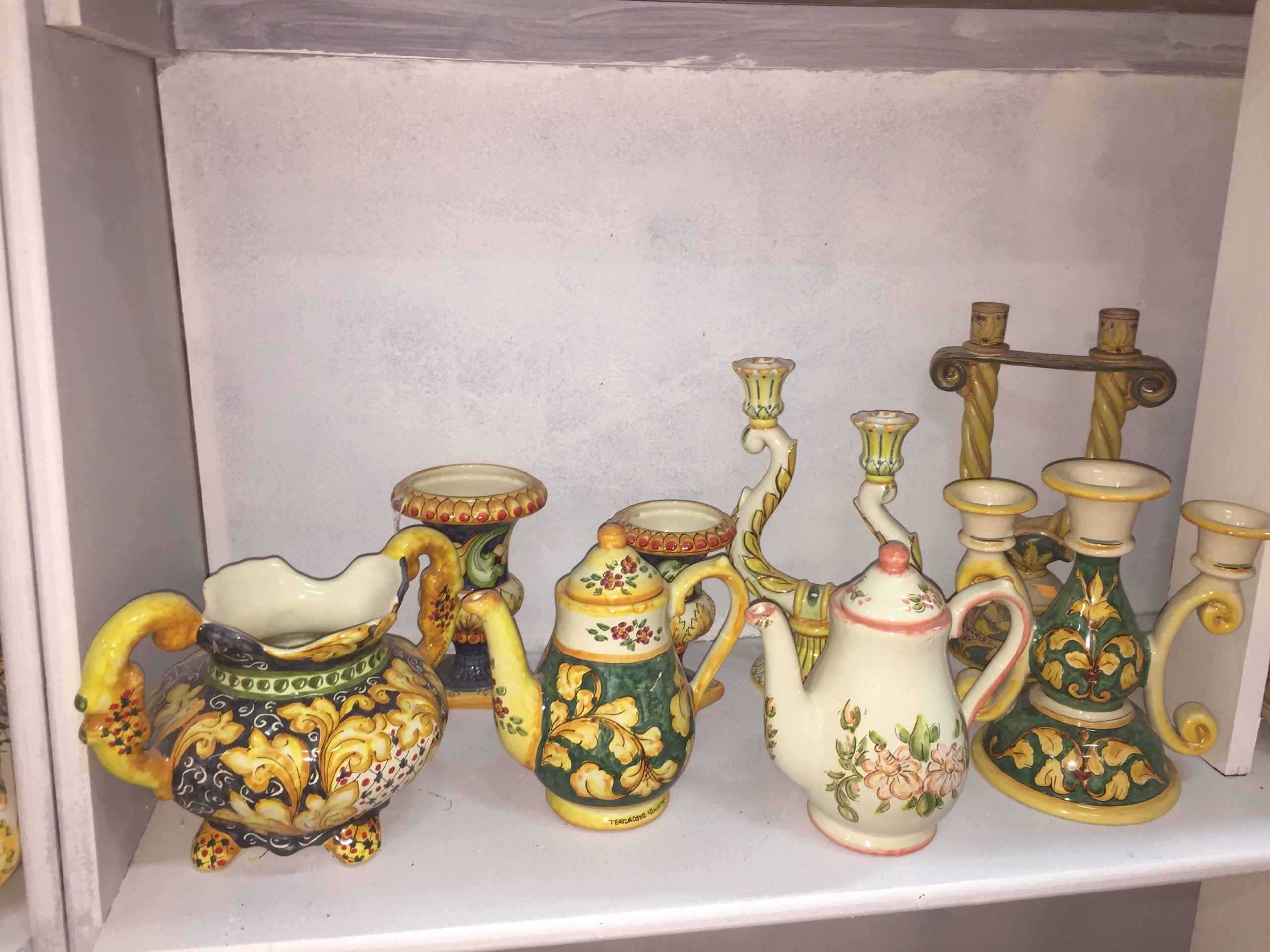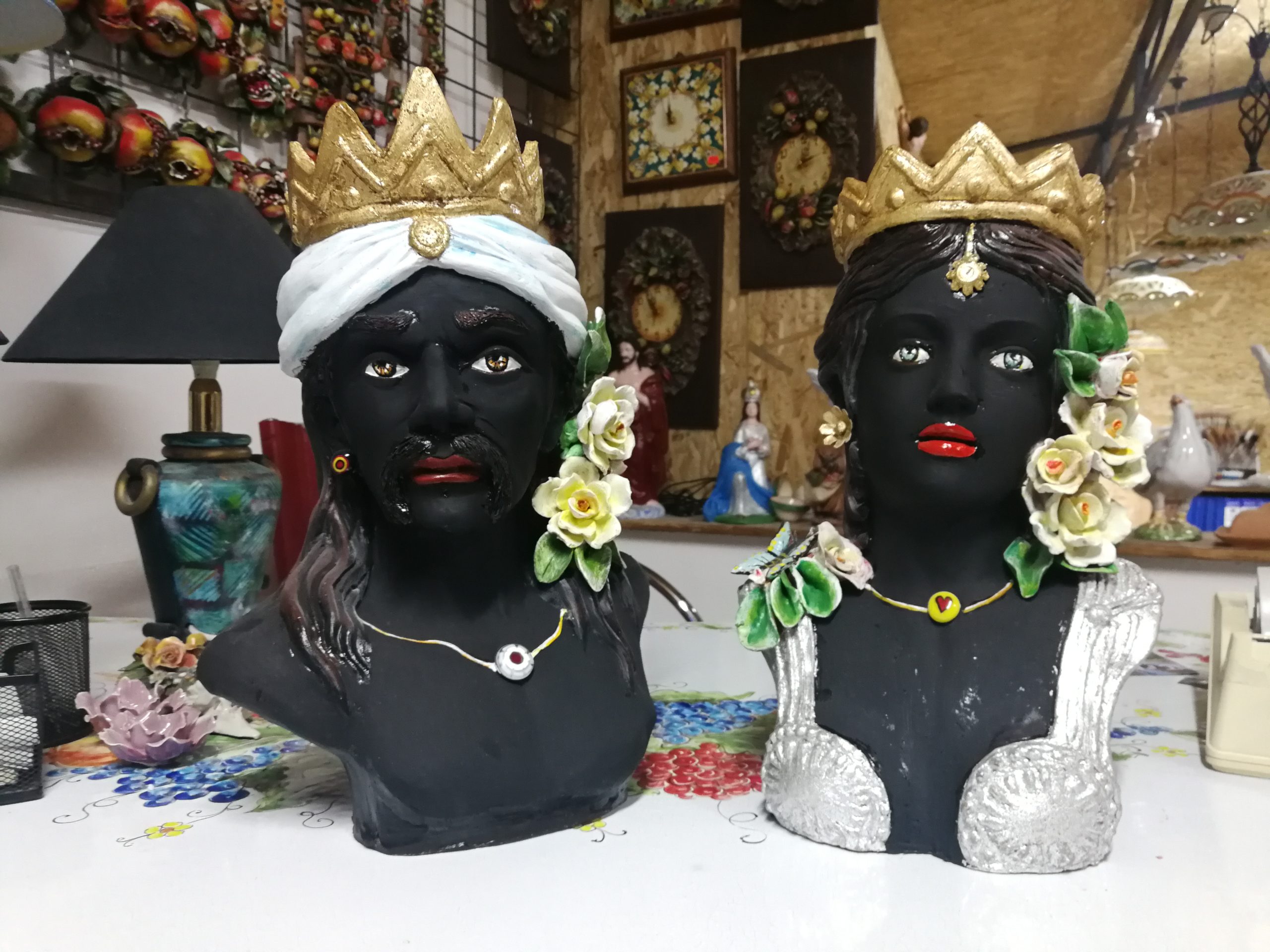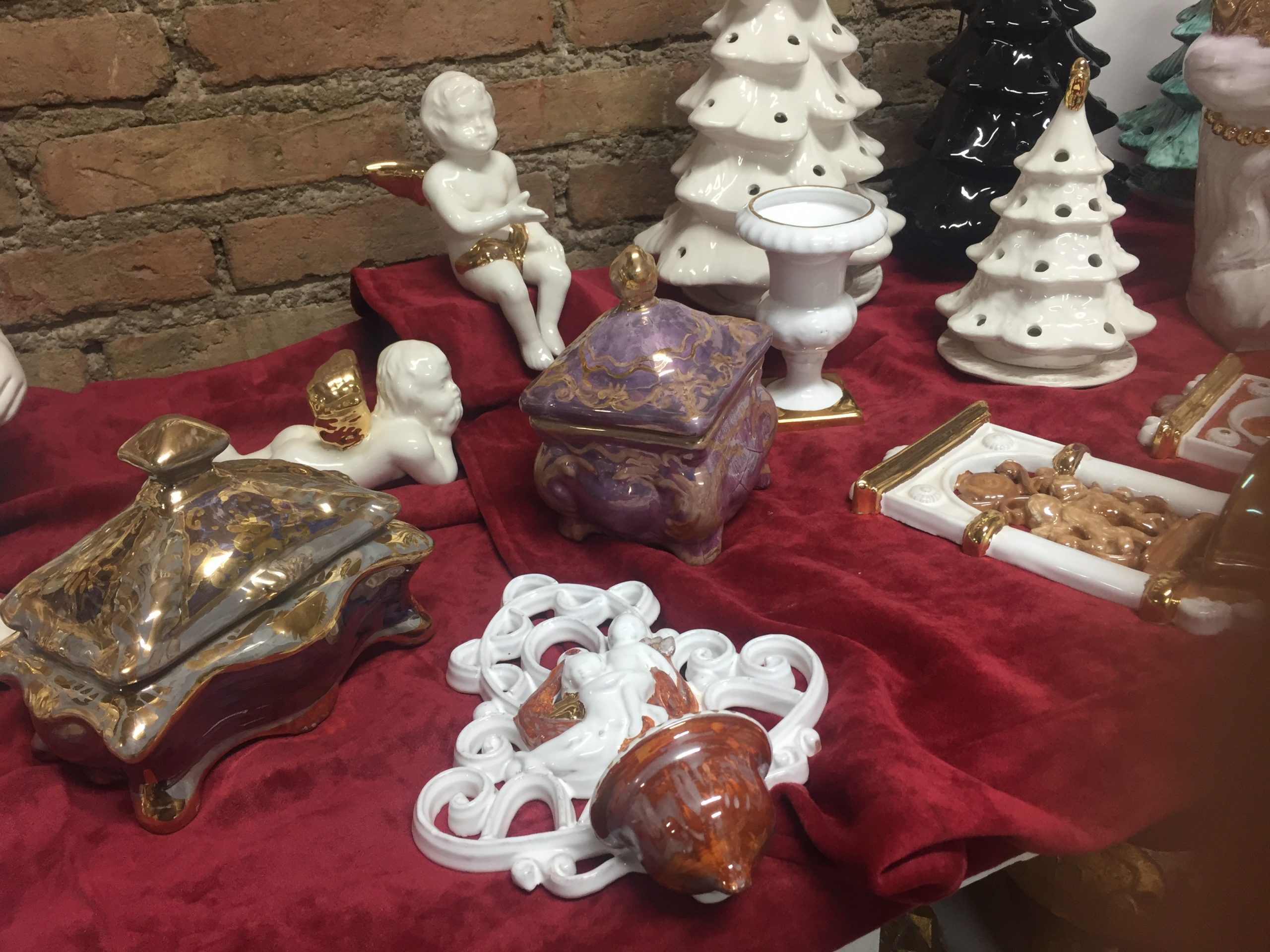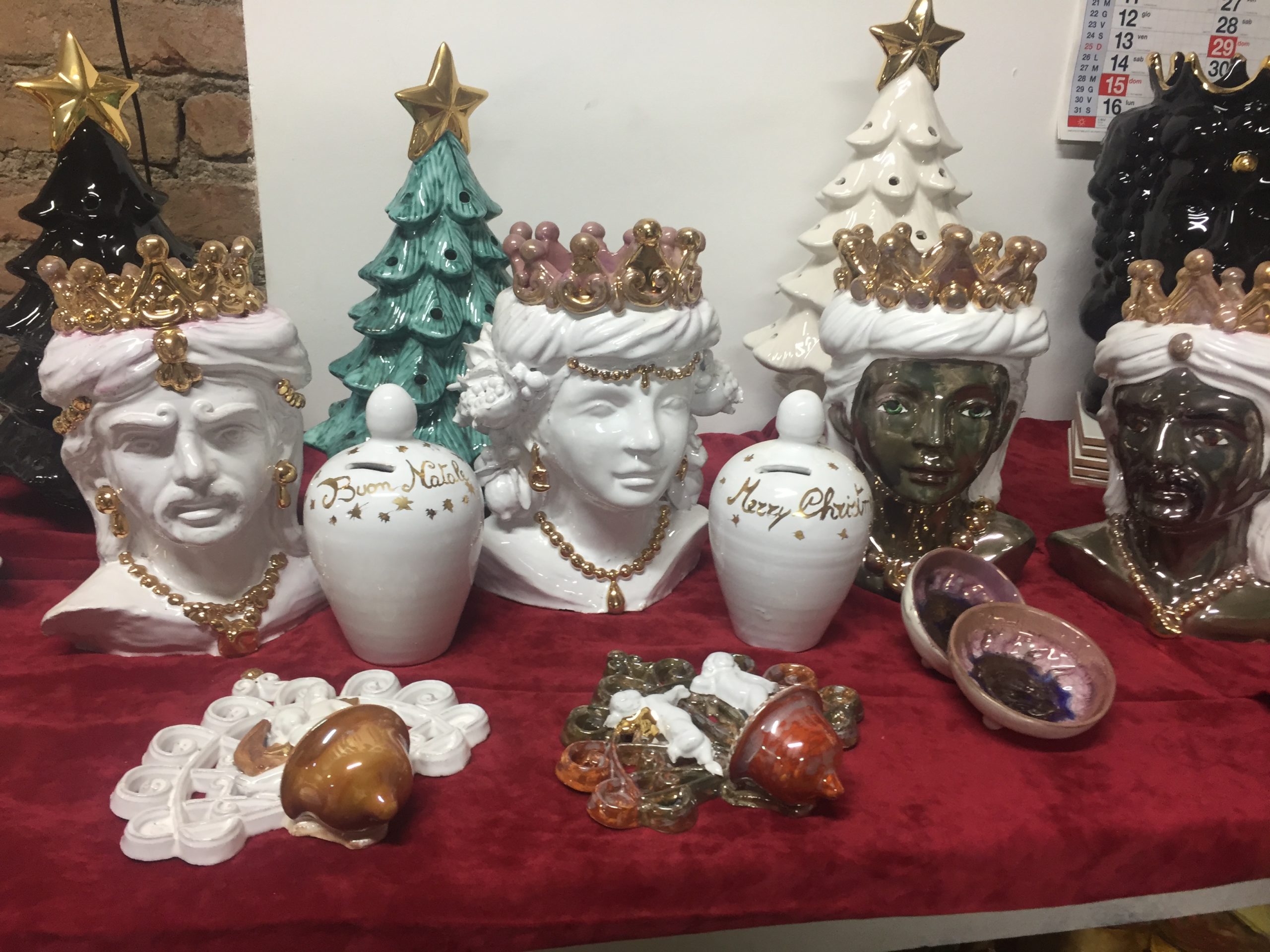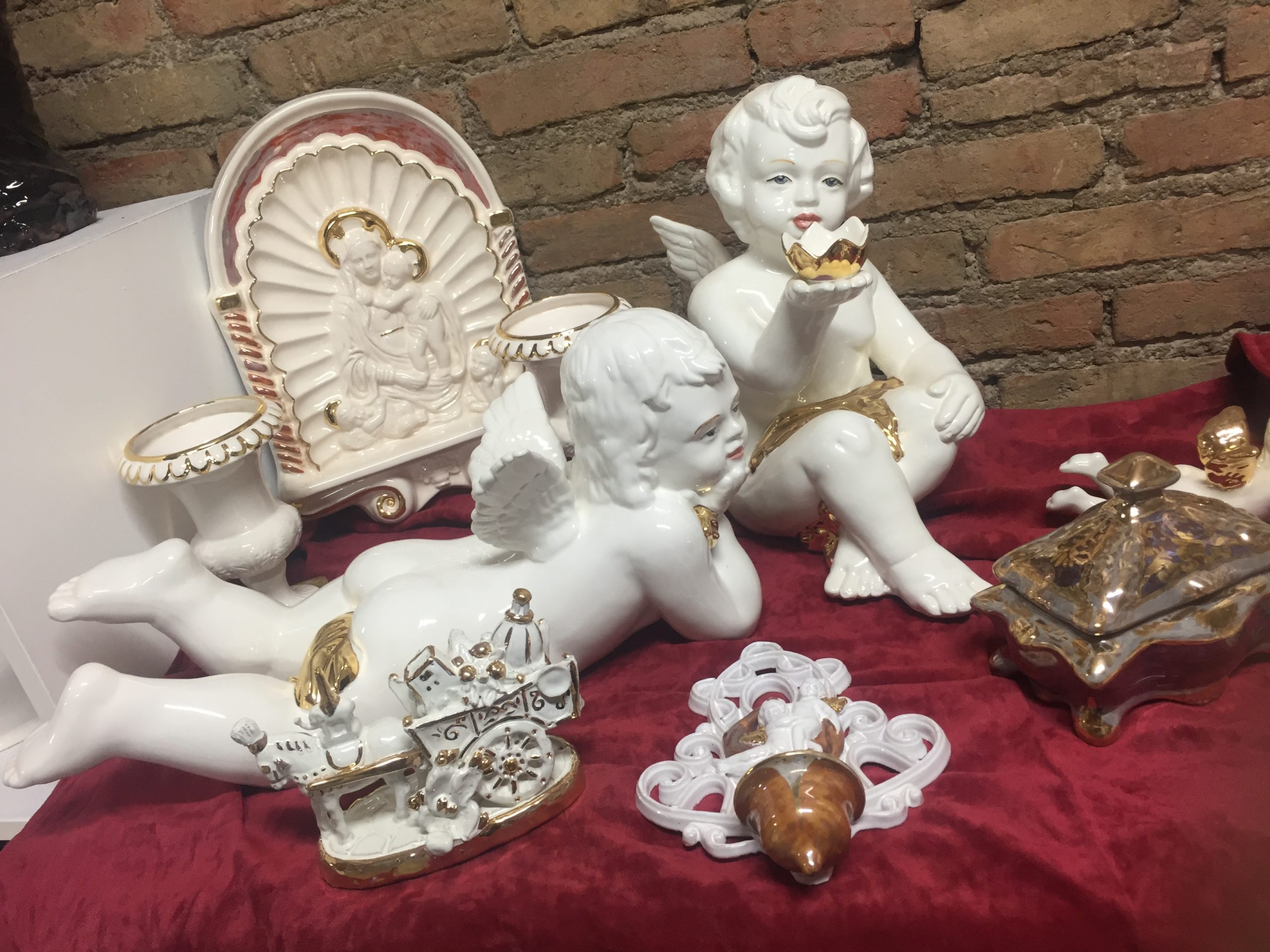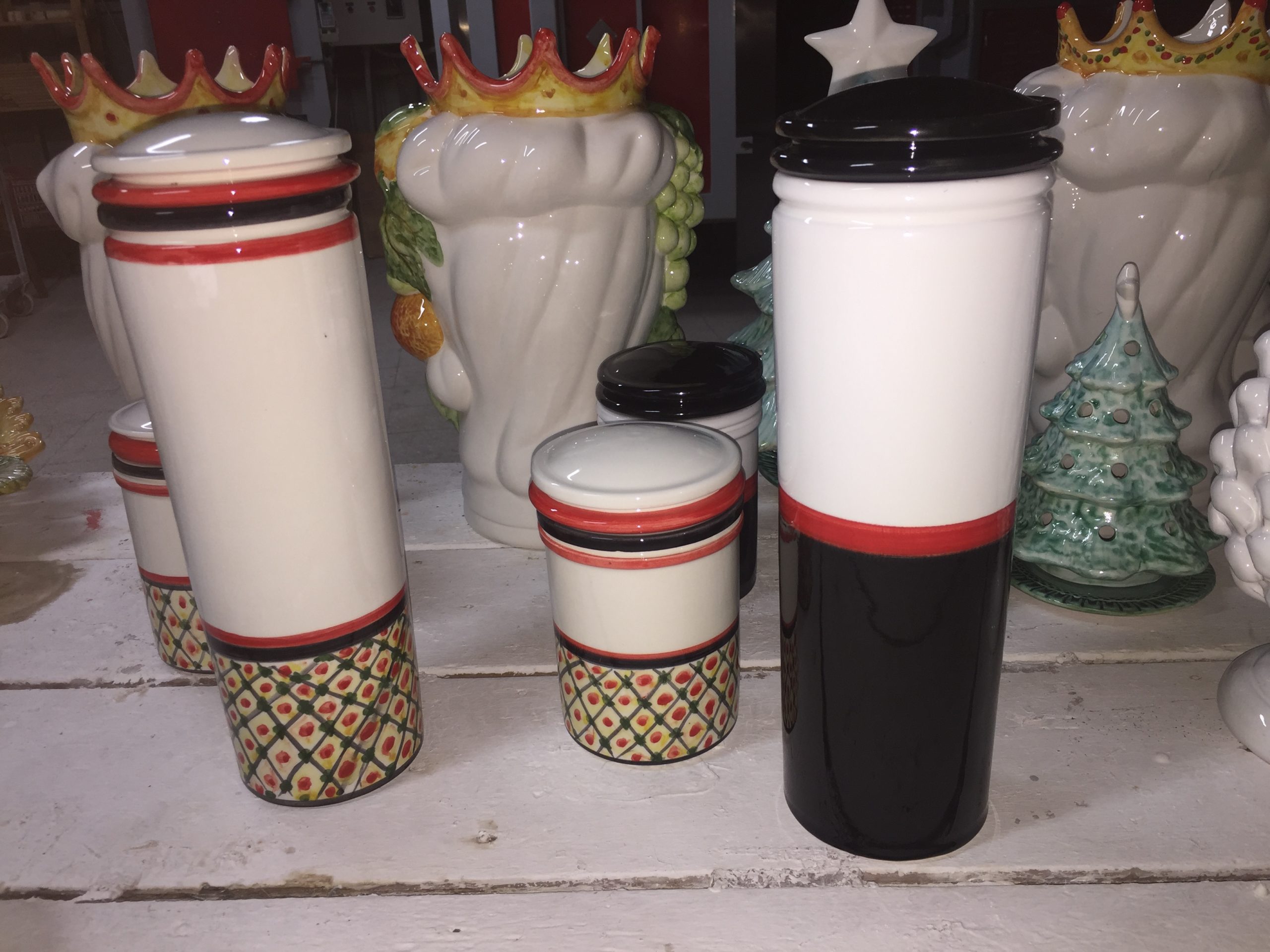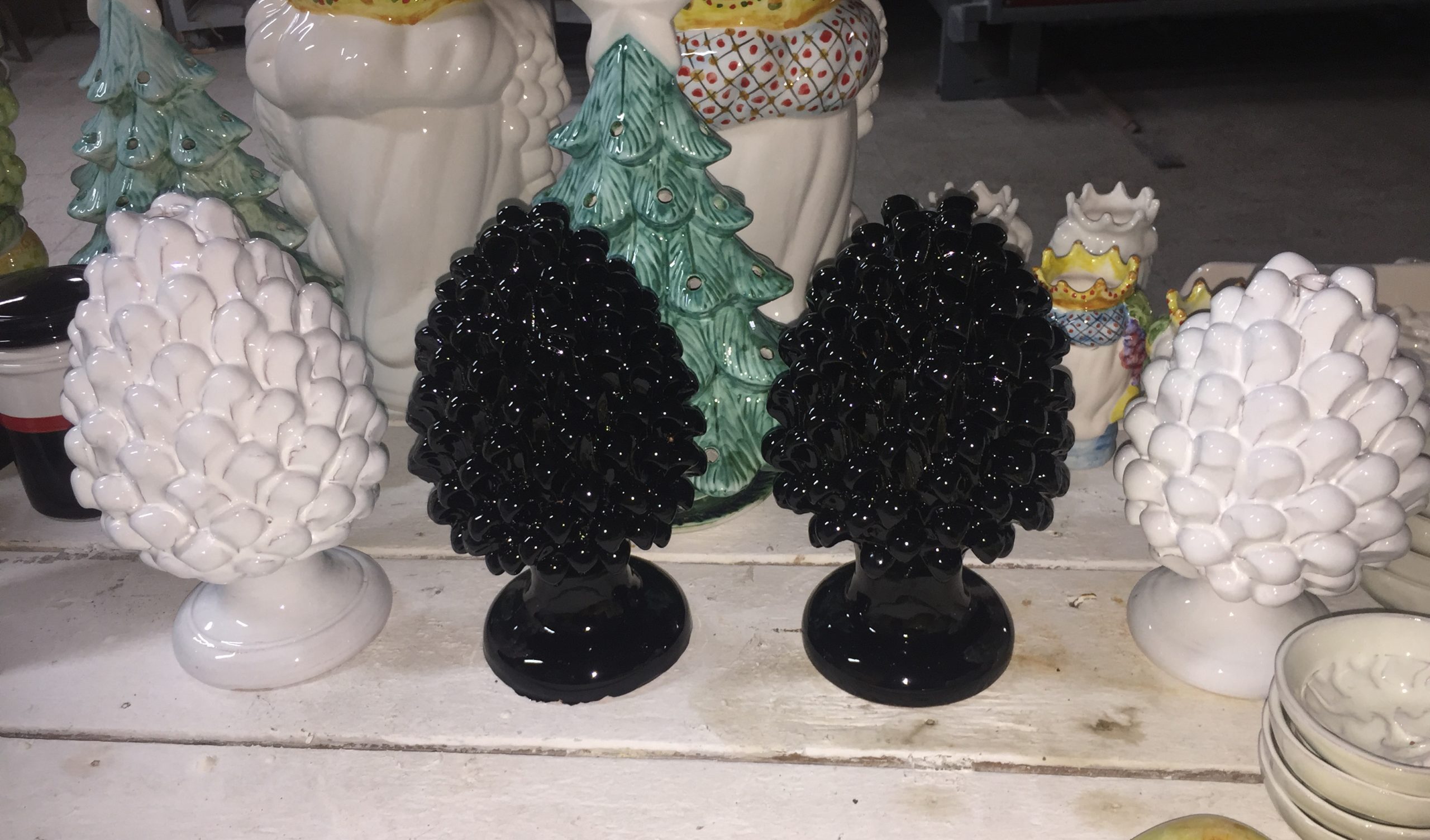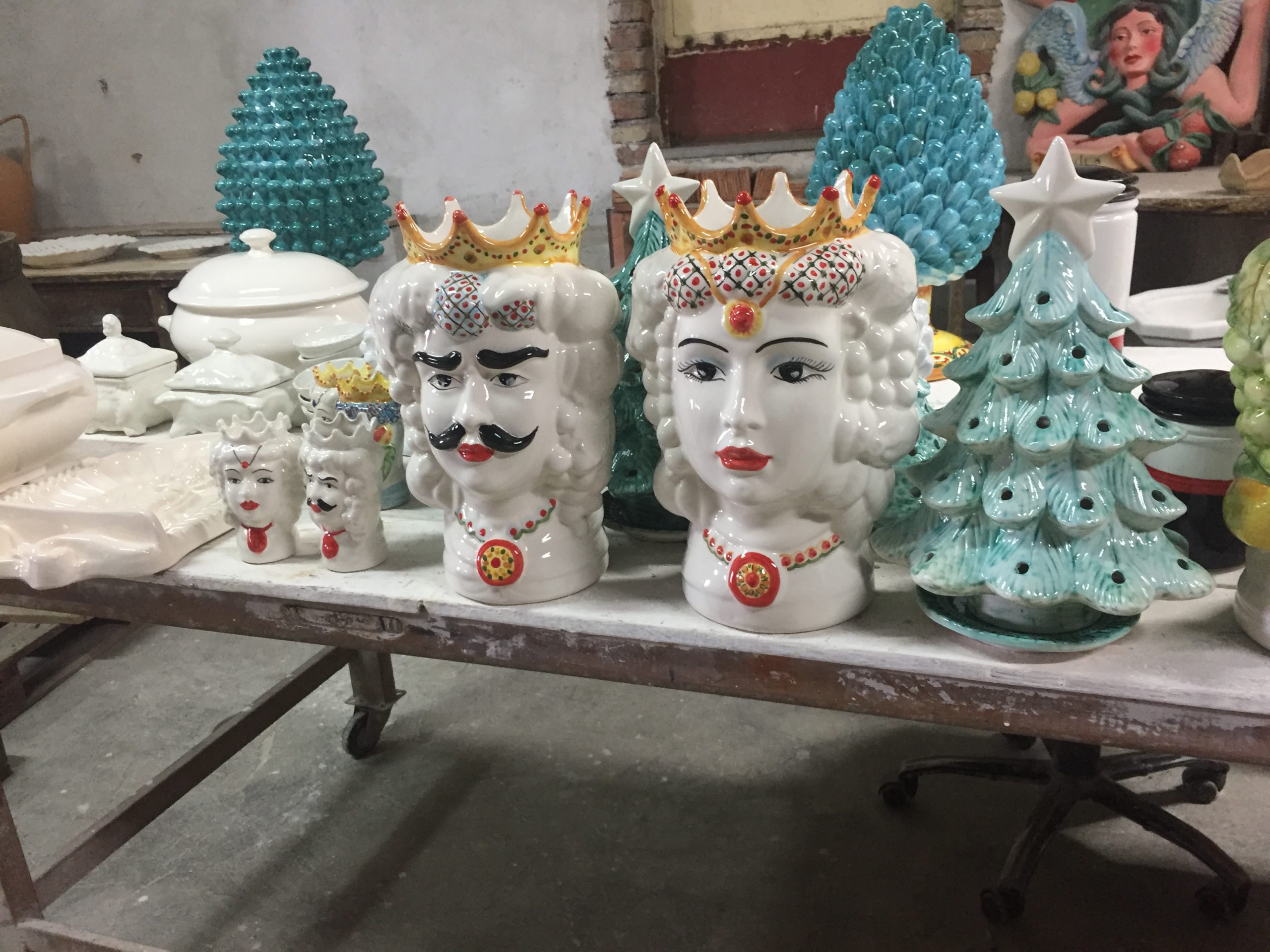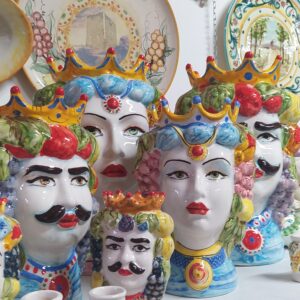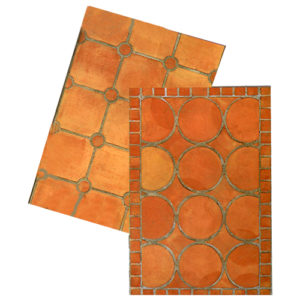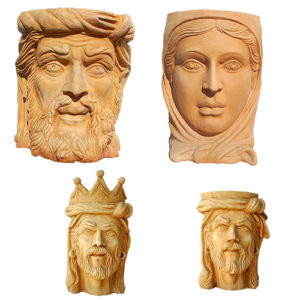Description
Features
The word “ceramic” comes from the Greek “kéramos” which means “potter’s land”. It is an inorganic, non-metallic compound material, very ductile in its natural state and rigid after the firing phase. Thanks to its versatility, ceramic can produce a huge variety of objects such as dishes, decorative objects, building materials, medical implants, high heat-resistant coatings and much more.
The enamelling and the decorations
There are various techniques for decorating and coloring ceramic, also based on the type of product you want to obtain and the cooking it will undergo. Basically, two techniques can be distinguished: the slip, which allows you to decorate the object before cooking, and the decorations that must be applied after cooking and which, therefore, then require a second one for vitrification.
Crystalline and glazes, on the other hand, are applied to the cooked product, and therefore require a second passage in the oven for vitrification. the former are also called showcases: they are waterproof and glossy, usually transparent coatings – although occasionally they can be colored – and have the particularity of showing the clay below. To these are added the fluxes such as germanium, borates or alcohols, with the aim of lowering the melting point. The glazes are of the same glassy nature, but unlike the crystallines they are opaque and non-transparent. They can have a glossy or satin appearance, obtained by adding calcium or zinc oxide in the enamel which, when cooling, crystallizes on the surface, removing brilliance.
